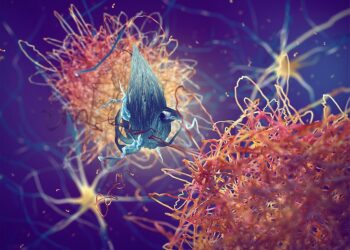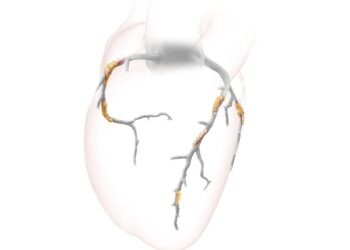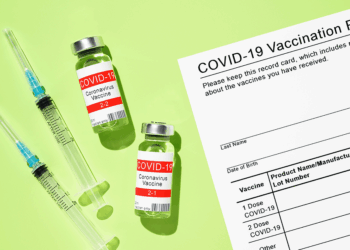# The AI Inside: Why Ottobock’s IPO Signals a New Era for Intelligent Prosthetics
The financial world is taking note of German bionics leader Ottobock’s planned IPO, a move set to inject €100 million into the European med-tech market. While analysts are rightly focused on market recovery and investor appetite, those of us in the AI space see something more profound. This isn’t just the public offering of a hardware company; it’s a significant milestone for the field of embodied AI—the crucial intersection where intelligent algorithms meet the physical world.
To understand why this IPO matters beyond the Frankfurt Stock Exchange, we need to look under the hood of modern bionics. The story of prosthetics is a story of a slow, steady march from passive, mechanical devices to active, intelligent systems. The critical catalyst for this leap has been the integration of sophisticated machine learning models.
### From Mechatronics to Myoelectric Intelligence
A traditional prosthetic is a remarkable piece of mechanical engineering. An advanced bionic limb from a company like Ottobock, however, is a sophisticated AI-powered ecosystem. The core technology enabling this is myoelectric control, where sensors detect the faint electrical signals (electromyography or EMG) generated by a user’s remaining muscles.
This is where the AI comes in.
Early myoelectric systems were rudimentary, often mapping a single, strong muscle contraction to a single action, like opening or closing a hand. The cognitive load on the user was immense. Today’s systems are in a different league entirely, thanks to pattern recognition algorithms.
* **ML-Powered Pattern Recognition:** Instead of looking for one signal, the device’s embedded processor analyzes complex patterns from an array of sensors. It learns to distinguish the subtle muscle firing sequence for “make a fist” from “point a finger” or “grasp a cup.” The device is trained on the user’s unique physiology, creating a personalized, intuitive control scheme.
* **Sensor Fusion for Contextual Awareness:** Modern prosthetics are packed with sensors—accelerometers, gyroscopes, and pressure sensors. An AI model fuses this data to build a real-time understanding of the user’s intent and environment. For a prosthetic leg, this means automatically distinguishing between walking on a flat surface, climbing stairs, or standing still, and adjusting the knee and ankle joints proactively. This seamless adaptation is an AI-driven predictive task.
* **The Data Feedback Loop:** Every movement, every adjustment, generates data. This data is the lifeblood of better AI. As more people use these devices, the collective, anonymized data can be used to train more robust and generalized models, which are then pushed to devices via software updates. The hardware becomes a platform for continuous algorithmic improvement.
### Why the €100 Million Matters for AI
The capital raised from this IPO won’t just be spent on carbon fiber and micro-motors. A significant portion will inevitably fuel the R&D that powers this intelligence. It will fund the hiring of data scientists and ML engineers, the acquisition of massive compute resources for model training, and research into next-generation capabilities.
We are on the cusp of even more significant breakthroughs that are fundamentally AI problems:
1. **Predictive Control:** Integrating computer vision to allow a prosthetic leg to “see” an upcoming obstacle or change in terrain and pre-emptively adjust its gait.
2. **Advanced Haptics:** Using AI to translate sensor data into meaningful tactile feedback, giving the user a sense of touch or pressure.
3. **Energy Optimization:** Employing reinforcement learning models to help the device learn the most energy-efficient movement patterns for a user’s specific activities.
### A Bellwether for Embodied AI
Ottobock’s IPO is a powerful signal that the market is ready to assign significant value not just to medical hardware, but to the intelligence that animates it. This is a bellwether for the entire embodied AI industry, from autonomous robotics to smart industrial machinery. It demonstrates a clear commercial path for technologies that bridge the digital and physical realms in the most intimate, human-centric way possible.
As we watch Ottobock step onto the public stage, we should see it as more than a med-tech success story. It is a tangible, public validation of the quiet revolution that AI has been leading in hardware. The true investment here is not just in bionics, but in the future of intelligent, adaptive machines that learn from and collaborate with us.
This post is based on the original article at https://www.bioworld.com/articles/724091-ottobock-plans-2025-ipo-on-frankfurt-exchange.






















